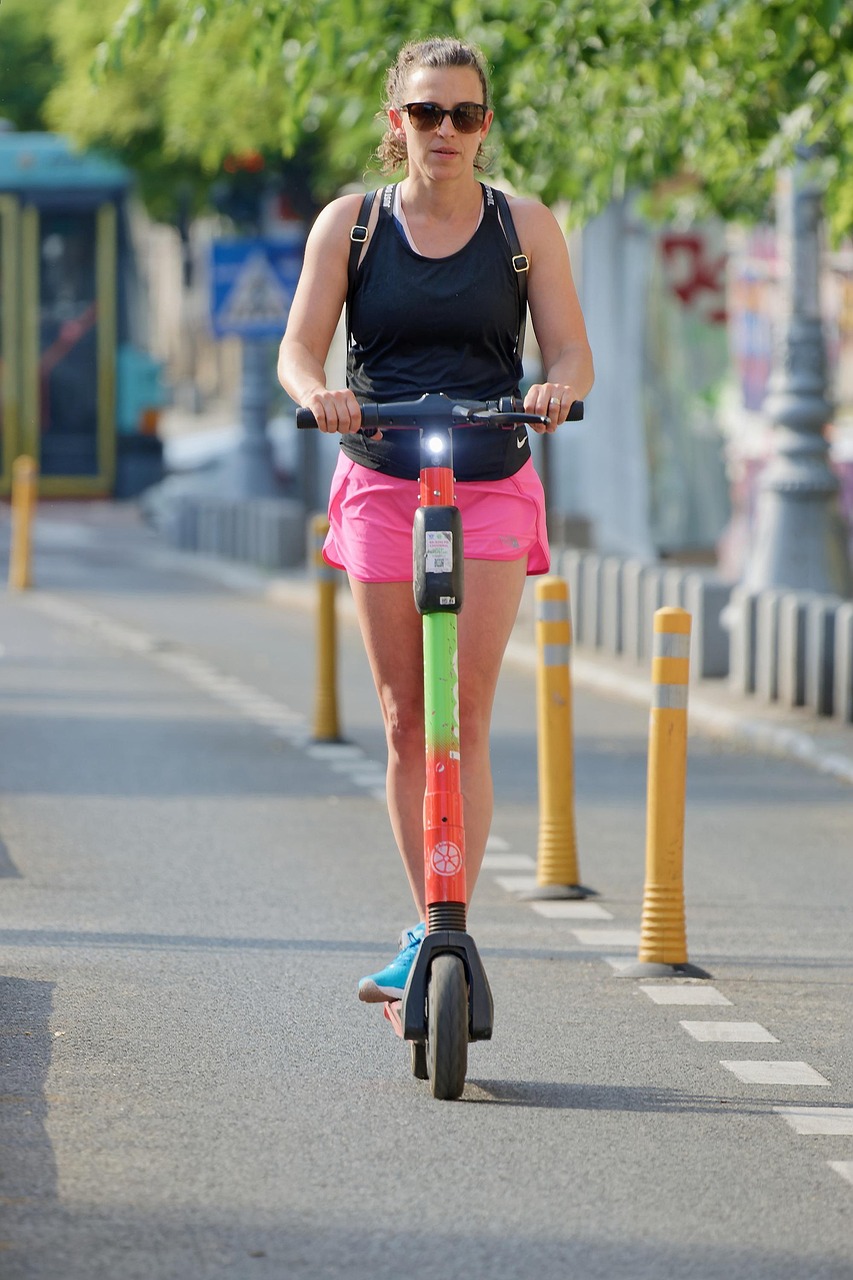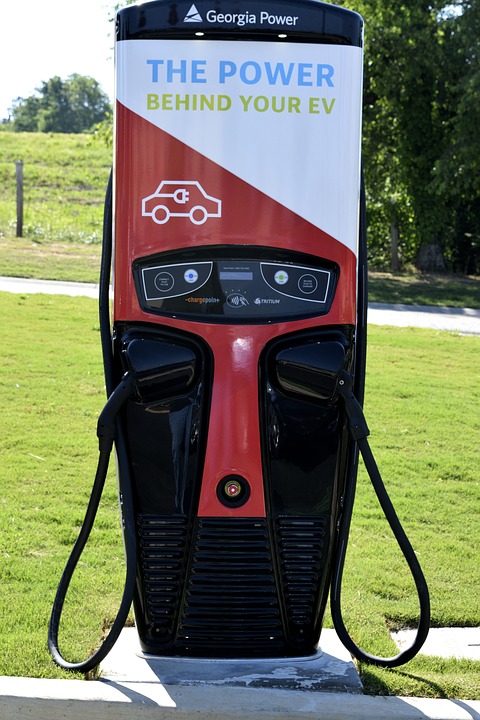Have you ever questioned how your mobility scooter maintains its power? It’s all thanks to the batteries. These crucial elements are what ensure that your scooter operates reliably and smoothly. In this piece, we’ll explore the world of batteries for mobility scooters and explain why picking the best one is essential for your freedom and independence.
The batteries used in mobility scooters have advanced significantly throughout the years, and there are now several varieties of batteries to choose from. Lithium-ion batteries, gel batteries, and lead-acid batteries are the most prevalent varieties. Because each kind has its own unique set of benefits and considerations, it’s important to know which one is the best fit for your requirements.
The most common type of battery used in mobility scooters is the lead-acid battery. They are a well-liked option among scooter riders because they are both inexpensive and trustworthy. But lead-acid batteries are bulky and need routine care to maintain peak performance. Their lifespan is also shorter than that of other battery types.
Mobility scooters can also use gel batteries. Because they are sealed and require no upkeep, these batteries are a practical option for many consumers. Furthermore, gel batteries are more robust than lead-acid batteries and can tolerate higher discharge rates without compromising performance. They are, however, typically more costly than lead-acid batteries.
The most recent and sophisticated kind of battery for mobility scooters is lithium-ion batteries. Compared to lead-acid and gel batteries, these batteries are lighter, last longer, and perform better. Lithium-ion batteries are also a great option for lengthy trips because they charge more quickly and use less electricity.
There are a number of things to think about when selecting a battery for your mobility scooter. The first is the battery’s capacity, which dictates how far you may go on a single charge. You’ll be able to go farther between charges with batteries that have more capacity.
The voltage of the battery is another crucial factor to take into account. It is important to select a battery that fits the voltage requirements of your scooter since different scooters need different voltage levels to operate properly. Check the owner’s handbook or the manufacturer of your scooter for instructions on the proper battery voltage.
Additionally, it is important to take the battery’s size and weight into account. Although larger batteries can give greater power, they may also increase the weight of your scooter, which can impair its mobility. Select a battery that provides the ideal balance of power and weight to maximize your scooter’s performance.
To prolong the life and performance of your scooter’s battery, it must be properly maintained. Regularly inspect the battery’s connections for corrosion and clean them if necessary. Don’t let your battery get completely discharged since this might reduce its life. Keep it charged when not in use.
An important element of mobility scooters is the battery, which ensures the scooter operates consistently and smoothly. Selecting the appropriate battery for your scooter is essential for maximizing its performance and lifespan. Regardless of whether you choose lithium-ion, gel, or lead-acid batteries, take into account things like voltage, size, capacity, and maintenance to ensure that your mobility scooter performs at its peak.







